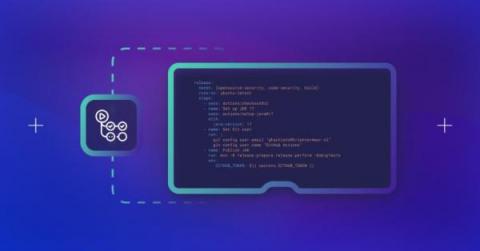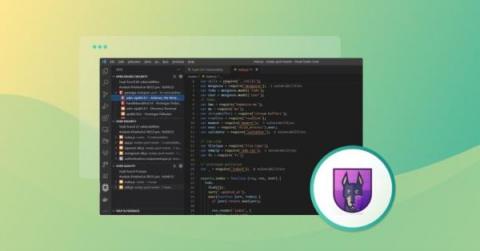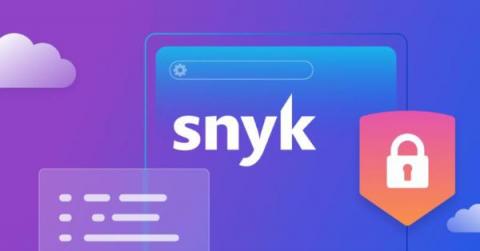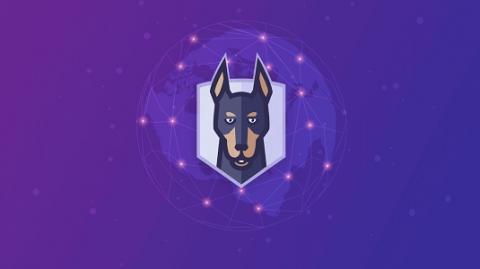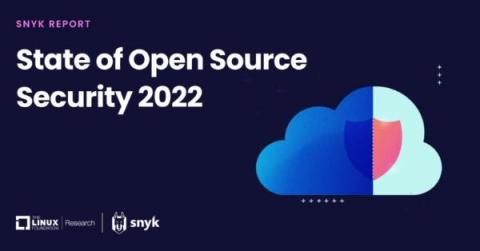Building a secure CI/CD pipeline with GitHub Actions
GitHub Actions has made it easier than ever to build a secure continuous integration and continuous delivery (CI/CD) pipeline for your GitHub projects. By integrating your CI/CD pipeline and GitHub repository, GitHub Actions allows you to automate your build, test, and deployment pipeline. You can create workflows that build and test every pull request to your repository or deploy merged pull requests to production.


